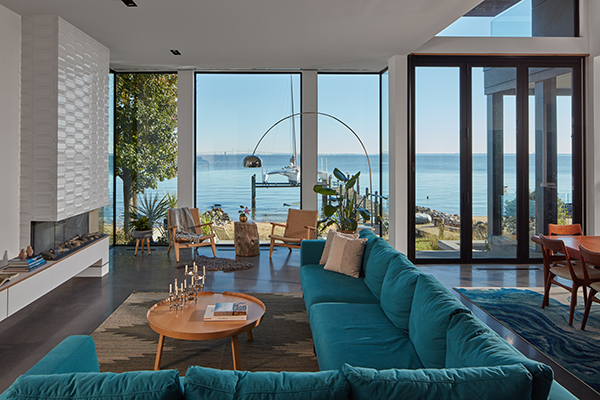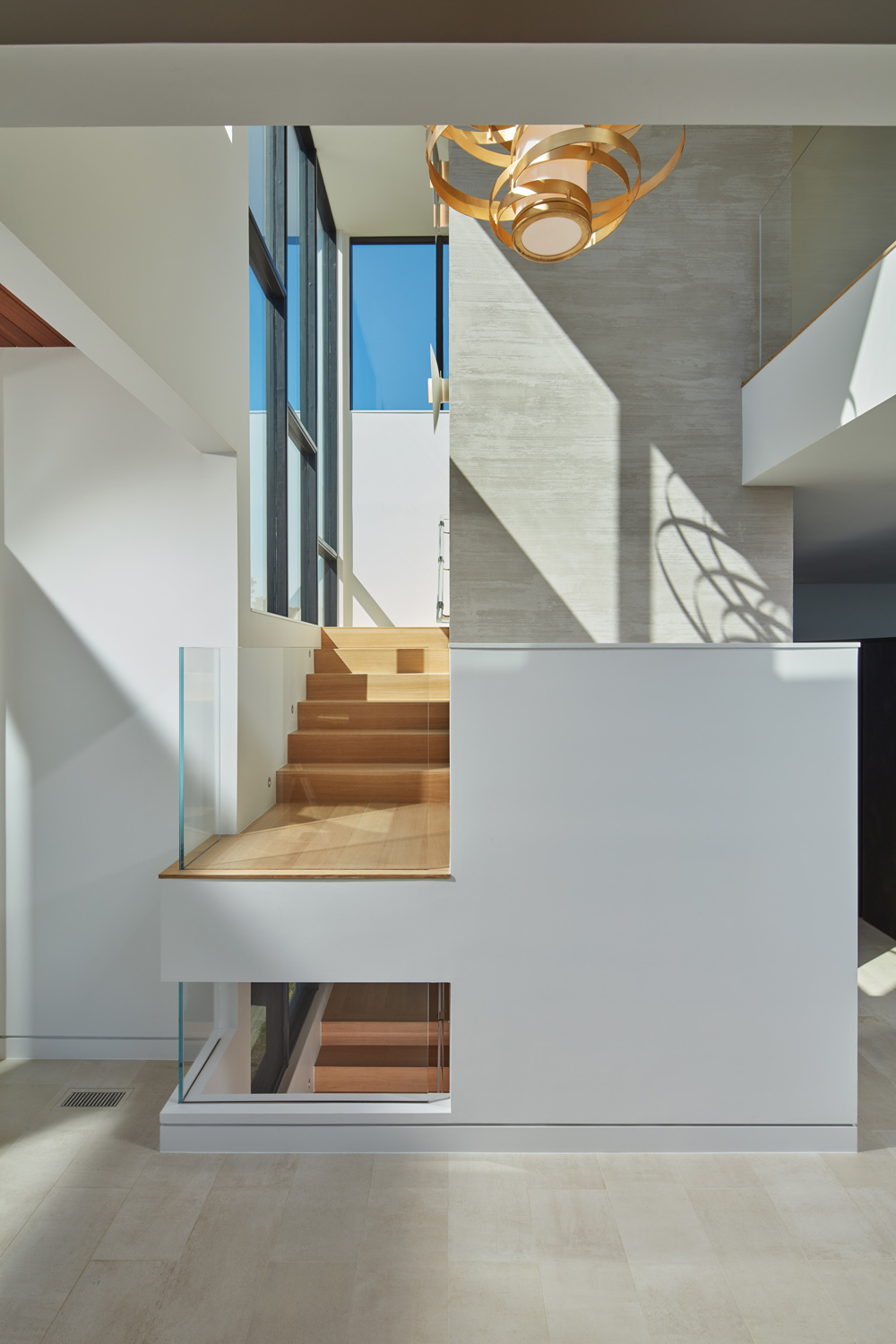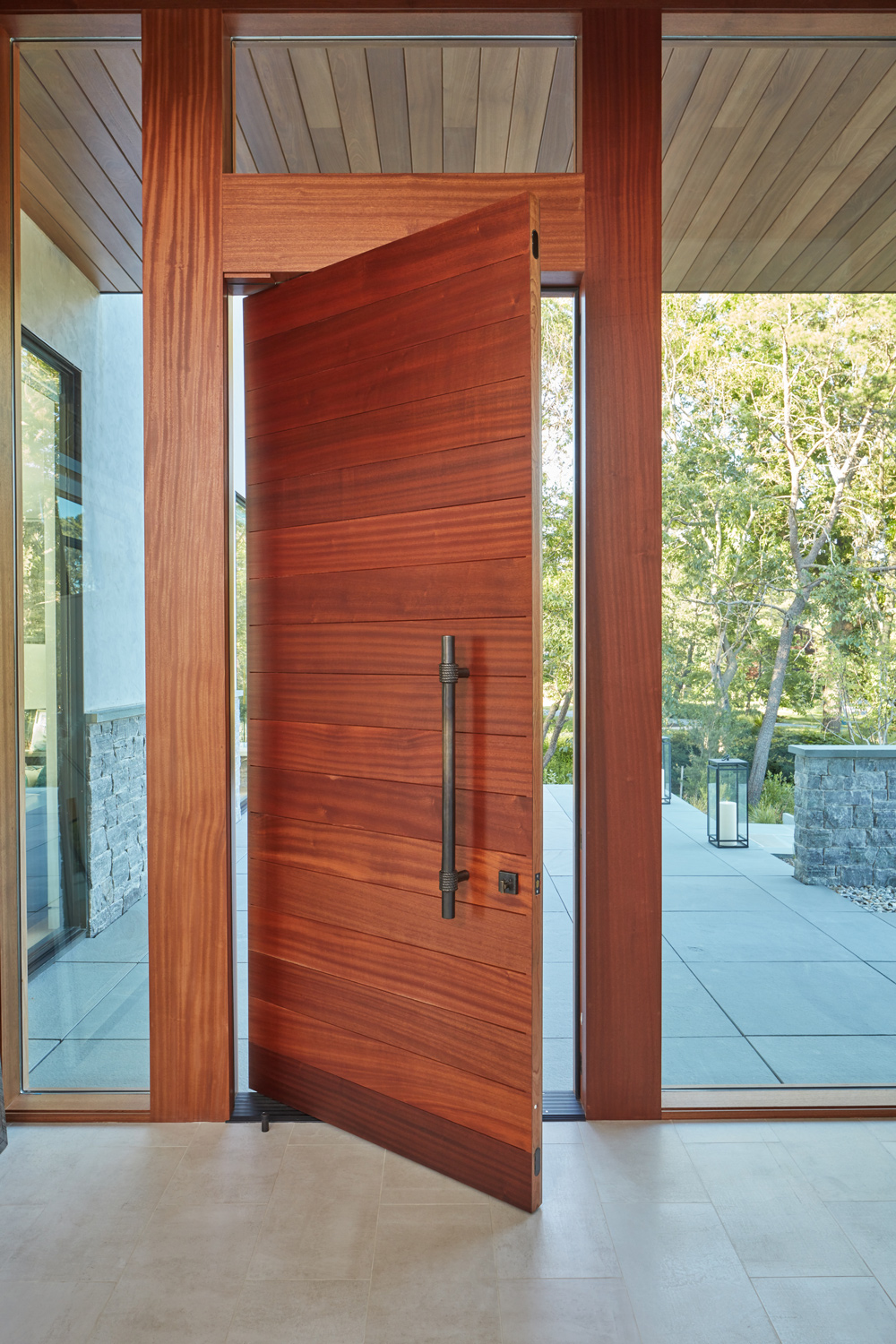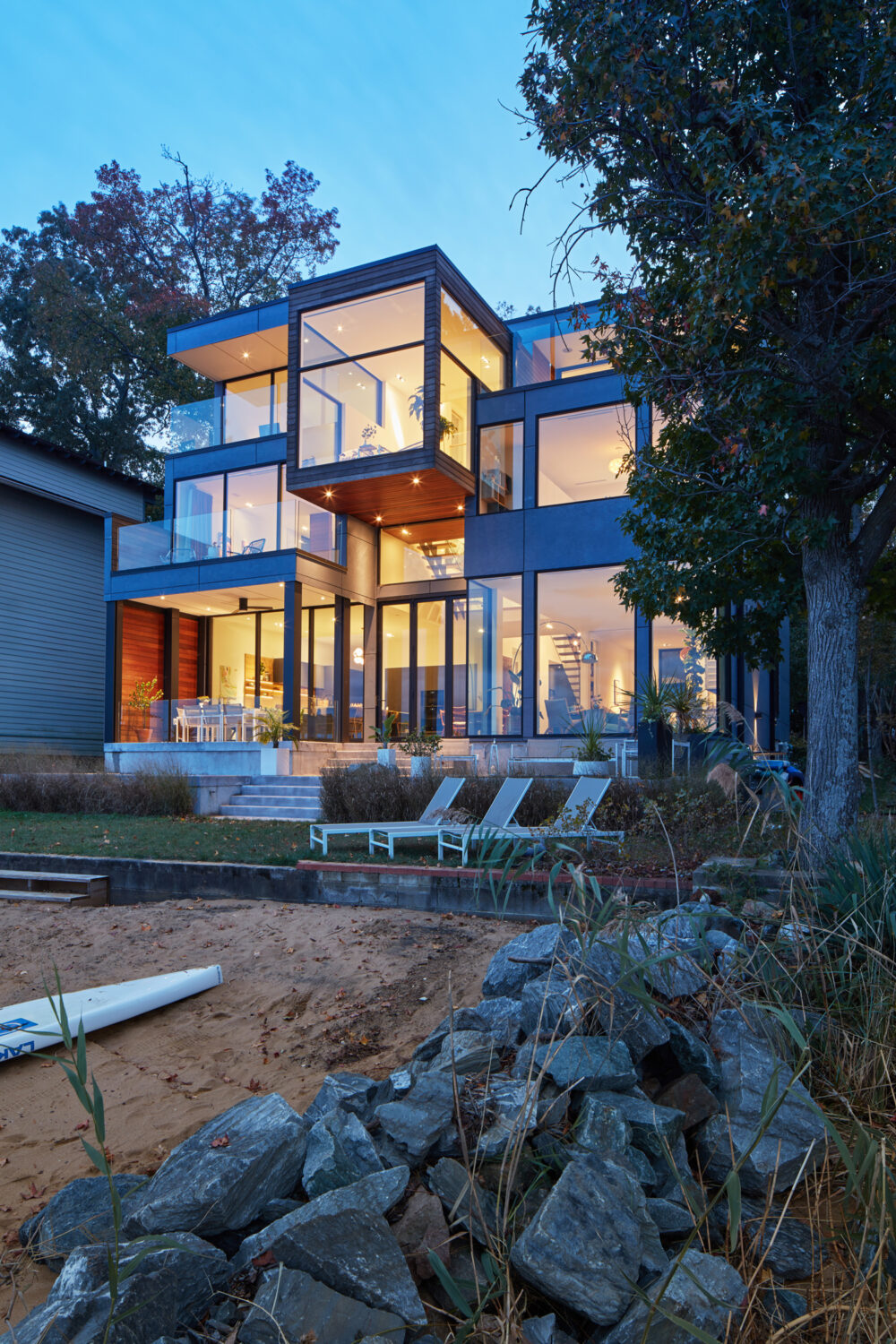Sustainable Architecture: Designing Green to Serve Many Generations
The most sustainable house is built at one time and serves many generations for many years without modification or major repairs.
Why Design Sustainably?
We believe it is our ethical responsibility to follow sustainable design principles and they are intrinsic to our practice. We design legacy houses and for us this means using quality materials with efficient systems for longevity.
In line with sustainable advancements, our team collaborates with consultants and general contractors right from the early design stages. This ensures you receive the most relevant information, guiding you to make environmentally responsible decisions for your home.
Discussing Sustainable Architecture & Design
Whether it’s a renovation or new construction, sustainability is an ongoing conversation throughout our design process. During the initial design phase, we discuss the overall objectives for the building, analyze the site and determine the best orientation for the home.
We’ll be sure to discuss your unique program and work with you to create a hierarchy of importance. The main objective is to take advantage of the natural qualities, topography, light, and air, inherent to the site.
Sustainable Considerations
A smaller, well-designed house lives large.
In addition to basic energy sustainable features such as insulation and high efficiency mechanical systems, geothermal heating, and LED lighting, a most important sustainability measure is to design a house that is the appropriate size.
A house that is too large will increase the energy use during construction and consume operational energy throughout its life. Every attempt to build smaller will increase sustainability. To build the most efficient footprint possible, we determine if certain spaces can accommodate multiple functions.
Recycle and Reuse
When applicable, we discuss recycling of old materials and the reuse of the existing.
Quality Materials
Using local, natural, non-toxic, quality materials is always the goal. Our buildings tend to use a lot of glass, in tandem we analyze our building systems for the best wall construction possible for insulation and comfort. We are careful about proper air sealing and weatherization. We analyze the climate and design for efficient insulation at all roofs, wall cavities, and foundations.
Efficient Systems
Most of our projects incorporate the best available technology to date for the important comfort systems in the house. We design buildings that use high efficiency HVAC, solar, geothermal energy efficient lighting and appliances. We openly communicate and share all the possibilities with you so you can determine the systems that will bring you the most value.
Sustainability for Waterfront Properties
Conscious design around the landscape and ultimately the protection of the rivers, estuaries, bays, and oceans are a layer of sustainable design we strive for in our waterfront projects. We work with you to improve your shoreline and plant your properties with native species using water-smart plantings and technology for storm water management and smart irrigation.
Water Systems
We guide you to make smart selections for water systems, septic management, plumbing fixtures, and plumbing fittings.
Bohl Architects Case Studies:
We incorporate sustainable elements in every home, but Magothy Modern and Bembe Beach are two stand out projects. Both houses are compact in their square footage. They have multiple floors on a small footprint. This compactness is important in reduced energy consumption of construction and operation.
Each house features screened porches, patios, terraces, and a variety of exterior living spaces that are not heated nor cooled but provide useful pleasant spaces for life. Again: reduced energy for construction and operation. These exterior living spaces are custom designed for the unique features of each site, considering sun and wind patterns, and privacy.
In both Magothy Modern and Bembe Beach, we designed for multi-generational use with a long horizon. The houses are tailored for the needs of our clients but are also designed to be flexible as the needs of subsequent generations’ use and enjoy the house. The most sustainable house is built at one time and serves many generations for many years without modification or major repairs.
Magothy Modern
For Magothy Modern, Bohl designed the basement space with the existing topography so that storage, mechanical and secondary rooms are sheltered by the earth: this is very economical space to construct (fewer windows and exterior siding) and very energy efficient in operation. The living spaces of the basement have full windows to the view, and “walk out” to the grade. This makes for excellent functioning rooms with very efficient energy costs of construction and operation.
Click Here to view the full project.
Bembe Beach
Bembe Beach is adjacent to the Chesapeake Bay flood plain. We designed the first floor in solid concrete and placed it 2 feet above the highest flood height requirement. The foundation is designed to withstand flooding and allow for easy “clean-up” after a high-water event. Durability is a very important principle in sustainability.
Click Here to view the full project
The Historical Context of Sustainable Architecture
The roots of sustainable architecture trace back to age-old practices that were inherently in tune with nature. Overtime, urbanization, and technological advancements distanced architecture from its natural beginnings. Today, we’re returning to these roots, bridging ancient wisdom with modern innovation, and combining sustainable architecture with principles of biophilic design.
Check out our piece on The “Greenest” House in America
Benefits of Sustainable Architecture and Biophilic Design
The primary focus of sustainable architecture is to minimize the impact on the natural world, while biophilic design is about maximizing the human’s connection to the natural world. When sustainability meets biophilic design, the results are great for both parties.
Financial Savings: Energy-efficient homes that also incorporate natural elements can lead to significant savings on utility bills.
Enhanced Well-being: Spaces that connect inhabitants to nature, through light, materials, or views, can substantially improve mental and physical health.
Increased Property Value: Nature-centric, sustainable designs resonate with today’s homebuyers, increasing resale value.
Reduced Environmental Impact: Beyond just reducing waste and energy consumption, biophilic designs restore a natural harmony to urban spaces.
Traditional vs. Sustainable Architecture with Biophilic Element
Traditional buildings often prioritize immediate needs. In contrast, sustainable architecture that integrates biophilic elements ensures a home is not only functional, but also forms a symbiotic relationship with the surrounding environment.
Ready to Talk About Your Future Sustainable Space?
With sustainable architecture and biophilic design principles at our core, let’s craft a home that’s not only good for the natural world, but also resonates with your innate love for it. We can design a home that allows you to experience living in a space that is a seamless extension of the landscape.
FAQs on Sustainable Architecture & Biophilic Design:
What is the primary focus of sustainable architecture?
Sustainable architecture primarily focuses on reducing the environmental impact of a building, ensuring it’s energy-efficient, and making use of sustainable materials.
How does sustainable architecture benefit me as a homeowner?
Beyond the environmental benefits, homeowners can experience long-term savings, a healthier living environment, and increased property value.
How do sustainable architecture and biophilic design intersect?
While sustainable architecture focuses on minimizing environmental impact, biophilic design ensures human-nature connectivity. Together, it becomes a building that is eco-friendly and human centric.
Why is biophilic design essential in modern homes?
In an increasingly urbanized world, biophilic design restores our innate connection to nature, promoting well-being, reducing stress, and enhancing livability.
Get In Touch
Want to Keep Reading?
Great Clients = Great Architectural Projects
October 18, 2023
Sustainable Architecture: Designing Green to Serve Many Generations
September 1, 2023
- 1
- 2







